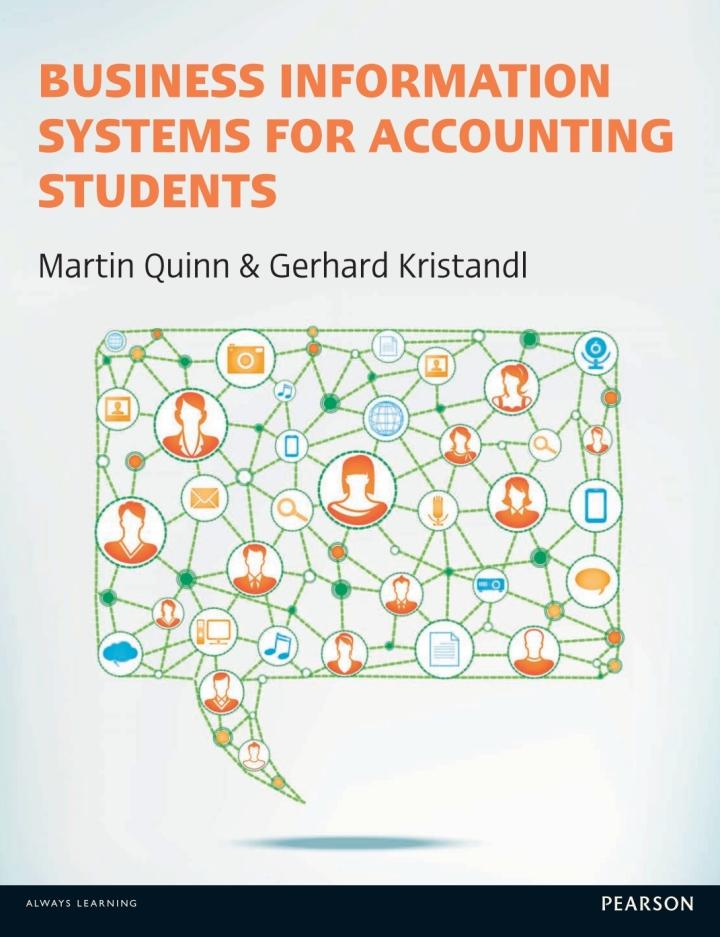Answered step by step
Verified Expert Solution
Question
1 Approved Answer
DEVELOPING BUSINESS STRATEGY Overview This week we move forward from the process of environmental and risk analyses, to consider key elements of strategy formulation, in
DEVELOPING BUSINESS STRATEGY Overview This week we move forward from the process of environmental and risk analyses, to consider key elements of strategy formulation, in particular, how information from the environmental analyses in prior weeks can inform our selection of an appropriate strategy for creating competitive advantage. Strategy can have different meanings in different contexts, but generally strategy relates to keywords such as "long-term", "direction", "planning" and "organisation". Organisations often consider two levels of strategy: i) Business level strategy, which is concerned with how to compete in a particular industry; and ii) Corporate strategy, which is concerned with where to complete. For the purpose of this course, we will primarily focus on the business level strategy. Business level strategies are mainly concerned with selecting an appropriate strategic direction to create sustainable competitive advantage. Business level strategy considers how core competencies should be applied to achieve sustainable competitive advantage. In this regard, several generic strategy options are identified: cost leadership, differentiation, and focus strategies. These generic strategy options are based on the premise that customers are attracted to an organisation's competitive pricing or perceived value of the products and services being offered. In this seminar, we will also adopt the SAFe framework to critically analyse and evaluate the 'appropriateness' of business level strategies. While there are no readings for the SAFe framework, the idea behind the SAFe framework is simple - strategies are appropriate if they are: 1. Suitable given the opportunities and threats identified in the external analysis; 2. Acceptable to the stakeholders, given their expectations and interests; and 3. Feasible given the strengths and weaknesses identified in the internal analysis. Desired Learning Outcomes Differentiate between business level and corporate level strategy. Demonstrate an understanding of how business level strategy is developed, including the link between SWOT analysis and strategy development. Apply Porter's generic strategy framework to evaluate and design organisational level strategy. Evaluate the appropriateness of an organisation's strategies using the SAFe framework. Required Readings The below readings are found in the custom e-book "Strategic Management Accounting" available at: https://www.wileydirect.com.au/buy/acfi2003/ You (and your team) are employed as Management Accountants working for Qantas Airways. You have been given the task of recommending a new business strategy for Qantas Airways. Question 1 1. Using Porter's generic business-level strategy framework, you must identify and explain the business-level strategy currently pursued by: a) Qantas Airways; and b) Jetstar business. Some guidance: i) You need to understand Porter's generic strategy framework. ii) Conduct research into Qantas Airways and Jetstar to identify how they compete to achieve competitive advantage; and whether they target a broad or a narrow market. iii) Classify Qantas Airways and Jetstar's generic business level strategy. Explain. Question 2 You have been given the task of recommending two new business strategies for Qantas Airways based on the team's environmental and SWOT analyses in previous weeks. 2. Using the results from your SWOT analysis for Qantas Airways from the previous weeks you must recommend two strategies for Qantas Airways (use your imagination and be creative). For each strategy: a) Identify and discuss the strategy. Some guidance: i) Understand the "Who, What & How" questions; and Porter's generic strategy framework. Note: Strategies shape the long-term direction of the firm and should help determine how the firm should position itself in the market. ii) Refer to the generic strategy of Qantas Airways from Q1 and determine who are Qantas' target customers, what are the customers' needs to be satisfied and how to use Qantas' capabilities and core competencies to develop flight services to satisfy customers' needs and achieve competitive advantage. iii) Determine and explain the recommended strategies. Question 3 Justify the appropriateness of each of the above strategies using the SAFe framework. Some guidance: i) Understand the SAFe and SWOT frameworks. ii) Determine and explain how the recommended strategies: Exploit the key opportunities and neutralise threats identified earlier; Capitalise on the key strengths (resources, capabilities and core competencies); and will not be impeded by weaknesses identified in your SWOT analysis. Will be acceptable to key stakeholders
Step by Step Solution
There are 3 Steps involved in it
Step: 1

Get Instant Access to Expert-Tailored Solutions
See step-by-step solutions with expert insights and AI powered tools for academic success
Step: 2

Step: 3

Ace Your Homework with AI
Get the answers you need in no time with our AI-driven, step-by-step assistance
Get Started


